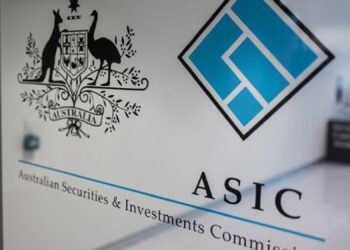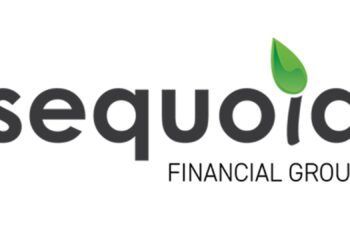Australia’s largest group life insurer has insisted to a Parliamentary Committee that any profit-sharing rebates it pays to superannuation funds have been used to benefit members.
TAL chief executive, Brett Clark has told the Parliamentary Joint Committee on Corporations and Financial Services that his company insists that the rebates are used to benefit members and that TAL has the right to audit that outcome.
He said that best practice from TAL’s point of view “is that where these rebates are paid back to superannuation trustees they are used only for the benefit of members”.
“Indeed, in the contracts that we have with our superannuation partners, we demand it and we contract with our superannuation fund partners that the return of these proceeds will only be used for the benefit of members of the fund,” he told the committee.
“We also believe that best practice for the superannuation trustees is that they have a board-approved policy for managing and distributing these rebates and that they are also transparent and disclosed,” Clark said.
“APRA requires superannuation funds to have an insurance management framework documented as part of SPS 250. We would also say that best practice for funds is to have their practice for dealing with these rebates documented as part of that APRA guideline.”
Describing the working of the profit sharing rebates, Clark said that where premiums for group insurance arrangements were in excess of the claims paid and the expenses required to run the group insurance arrangements the excess was returned to the superannuation fund.
He said there were a number of reasons for this, including providing price stability to the market.





